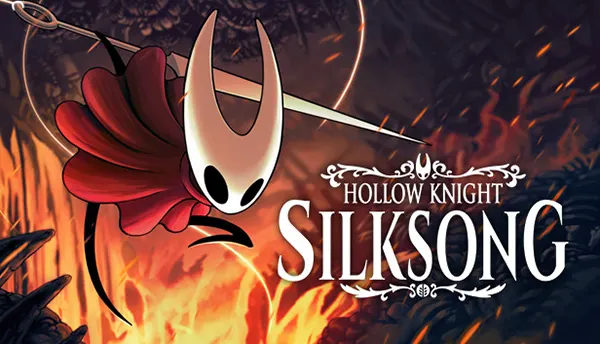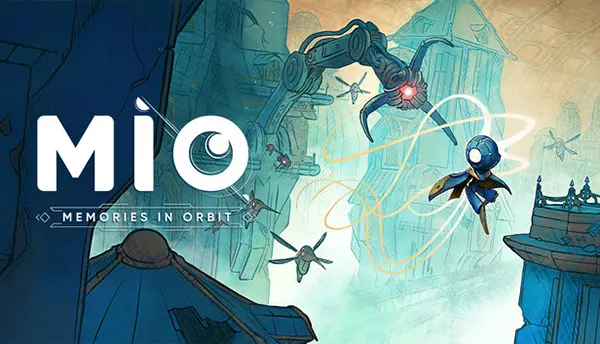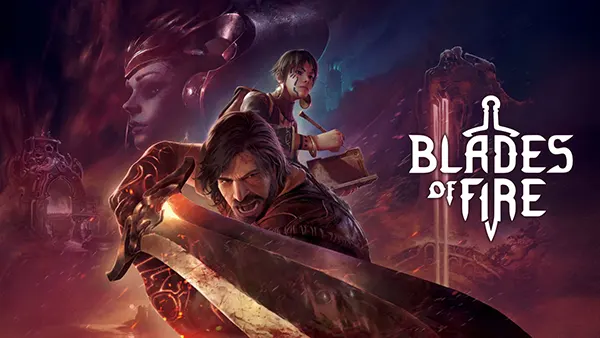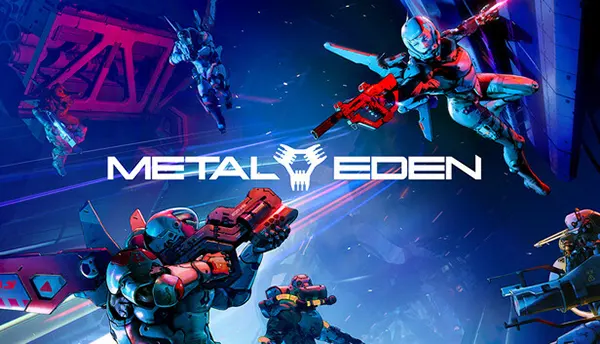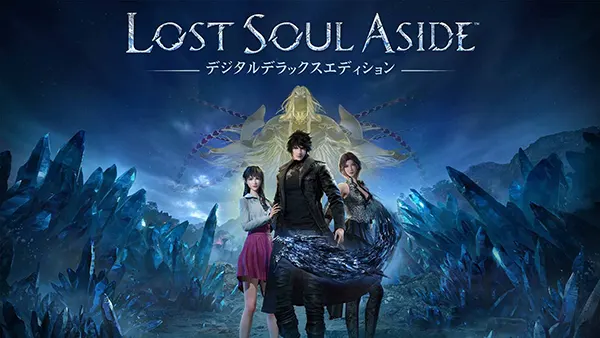Fortnite: An Evolution of the Battle Royale Phenomenon
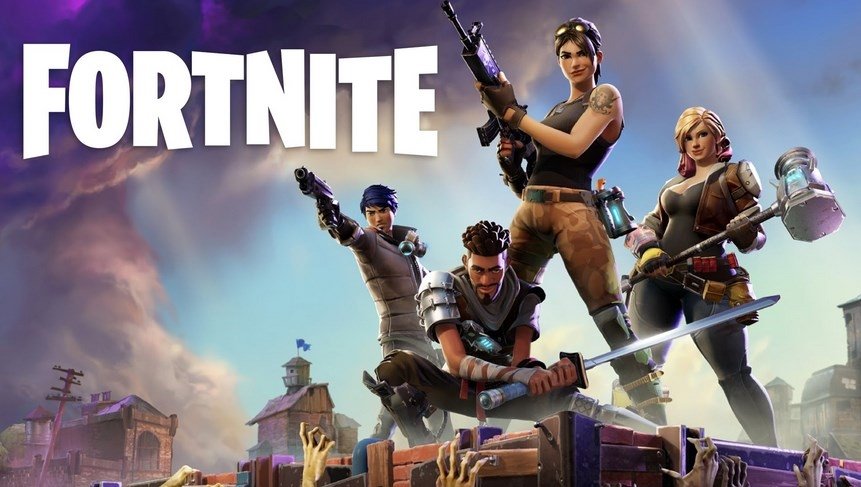
Fortnite, developed by Epic Games and released in 2017, has become a cornerstone of the gaming industry, renowned for its innovative gameplay, creative building mechanics, and vibrant community. This article explores the key aspects that make Fortnite a cultural and gaming phenomenon.
The History and Development of Fortnite
Fortnite’s journey began as a cooperative survival game, with its “Save the World” mode focusing on players teaming up to fight hordes of zombie-like creatures. This mode emphasised resource management, base building, and cooperative strategy, showcasing Epic Games’ early vision for the game. However, the release of Fortnite: Battle Royale in September 2017 reshaped its identity.
The Battle Royale mode offered a new experience: 100 players parachuting onto an island to battle until only one remains. This format was inspired by the growing popularity of the Battle Royale genre but introduced its own unique twist with building mechanics. The game’s explosive growth can be attributed to its free-to-play model, which removed barriers for entry and allowed players worldwide to join the fun.
Another factor behind Fortnite’s success is its consistent evolution. From map changes to live in-game events, the game keeps players engaged with surprises and updates. Iconic events like the “Black Hole” transition to Chapter 2 and celebrity collaborations have elevated Fortnite beyond a typical game, making it a cultural touchstone.
Epic Games: The Vision Behind Fortnite
Epic Games has built its reputation on innovation and risk-taking, and Fortnite exemplifies this approach. By leveraging the Unreal Engine, the game achieves high-quality graphics and performance across platforms. The company also embraced cross-platform play early on, allowing players on PC, console, and mobile devices to compete together seamlessly.
The game’s monetisation model is another standout feature. Instead of pay-to-win mechanics, Fortnite focuses on cosmetic items like skins, emotes, and wraps, available through microtransactions. This approach has not only ensured fairness in gameplay but also generated substantial revenue, helping fund continuous updates and new features.
Through Fortnite, Epic Games has shown a commitment to fostering creativity and innovation, providing tools like Creative Mode and supporting community-made content. This model ensures that players remain engaged, with endless possibilities for fun and experimentation.
Core Gameplay Features
At its core, Fortnite is a battle for survival, blending action, strategy, and creativity. The standard Battle Royale mode requires players to scavenge for weapons, build structures, and outsmart opponents to win. The game’s emphasis on adaptability means every match is a unique challenge, rewarding both quick reflexes and strategic thinking.
The building mechanic is what truly sets Fortnite apart from its competitors. Players can gather materials by breaking down objects in the environment, which can then be used to construct walls, ramps, and platforms. This adds an unparalleled layer of strategy, allowing players to defend themselves, create vantage points, or trap opponents. Mastering this mechanic is key to excelling in the game.
In addition to Battle Royale, Fortnite offers several other modes, including Creative Mode, where players can build their own maps and mini-games, and Zero Build Mode, which removes building entirely for a more traditional shooter experience. These diverse options cater to a wide range of player preferences, ensuring that Fortnite appeals to both casual and competitive gamers.
Building and Strategy: What Sets Fortnite Apart
Building in Fortnite is not just a mechanic but a skill that defines the game. Whether constructing a towering fort for protection or a quick ramp for elevation in combat, players are constantly challenged to think creatively and act swiftly. This dynamic has fostered a competitive environment where players strive to perfect their building techniques.
The strategic depth of Fortnite extends beyond building. The game’s arsenal of weapons, items, and vehicles offers countless tactical possibilities. From mastering long-range sniper shots to deploying shockwave grenades for a surprise attack, players can tailor their strategies to suit their playstyle. This diversity keeps the gameplay fresh and engaging.
Moreover, Fortnite’s seasonal updates ensure that no two seasons feel the same. Changes to the map, new gameplay mechanics, and limited-time events keep players returning to discover what’s new. This constant evolution makes Fortnite a game that’s always worth revisiting.
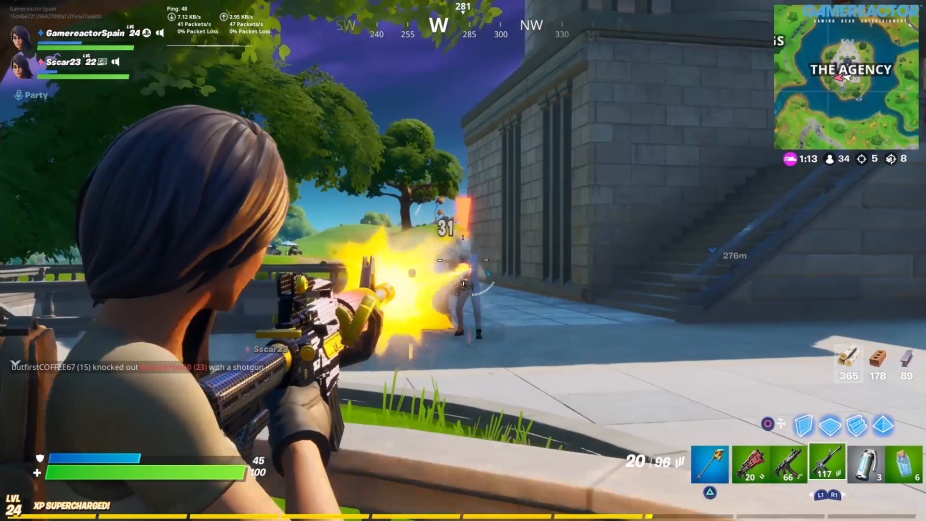
The Cultural Impact of Fortnite
Fortnite is more than a game; it is a global phenomenon. Its accessibility, vibrant art style, and emphasis on social interaction have made it a favourite among players of all ages. The game’s dances, such as the Floss and Orange Justice, have become cultural symbols, appearing in movies, TV shows, and real-life events.
Another notable aspect of Fortnite’s cultural impact is its role as a social platform. In-game events, such as concerts by Travis Scott and Ariana Grande, have drawn millions of players, blurring the lines between gaming and entertainment. These events showcase Fortnite’s potential as a hub for shared experiences, creating memories that extend beyond the screen.
The competitive scene has also left its mark, with tournaments like the Fortnite World Cup offering life-changing prize pools. These events have elevated Fortnite to the status of a premier esport, attracting top-tier players and teams. The game’s influence extends to content creation, where streamers and YouTubers thrive by showcasing their skills and creativity in Fortnite’s ever-changing landscape.
Future of Fortnite
Looking ahead, Fortnite shows no signs of slowing down. Epic Games continues to innovate, with plans to integrate Unreal Engine 5 technology for even more immersive graphics and gameplay. The company’s focus on community engagement and collaboration with global brands ensures that Fortnite will remain a leader in the gaming industry.
As gaming technology evolves, Fortnite is poised to adapt and grow, maintaining its status as a cultural and gaming powerhouse. Whether through groundbreaking events, new game modes, or player-driven content, Fortnite’s future promises excitement and innovation for years to come.

